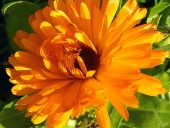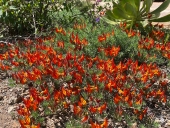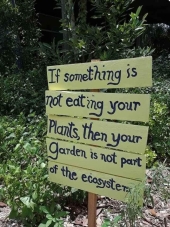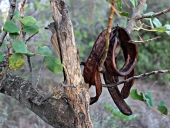
 6
6




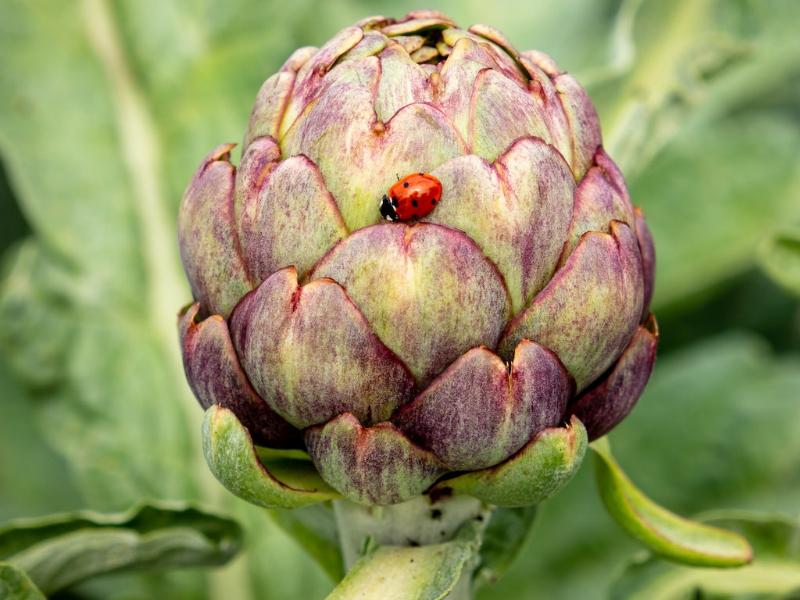
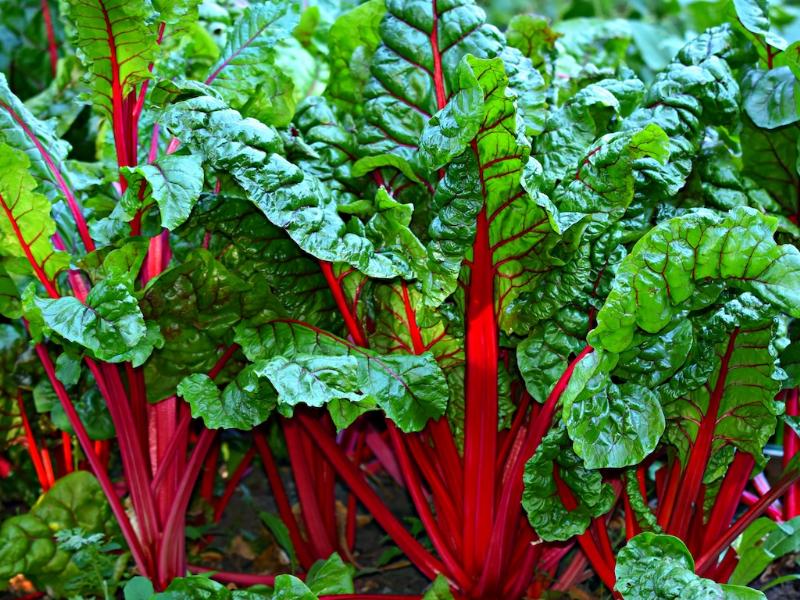
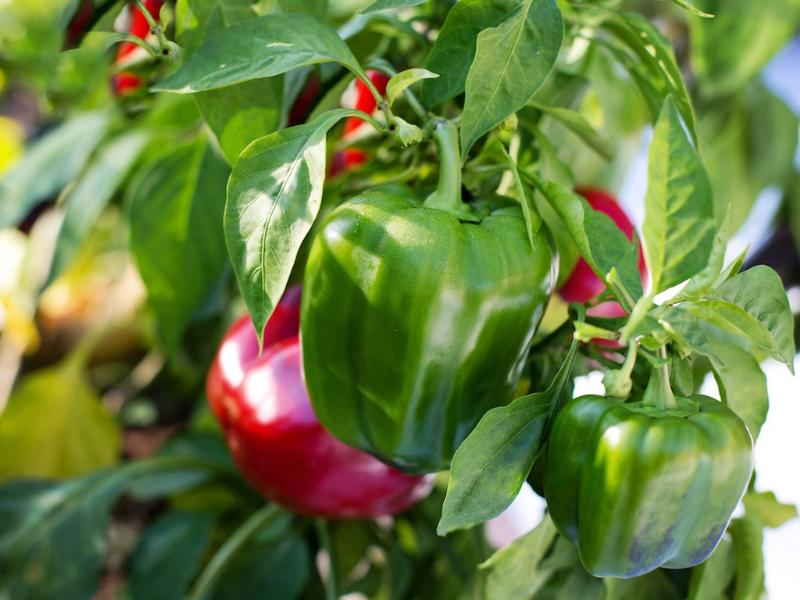
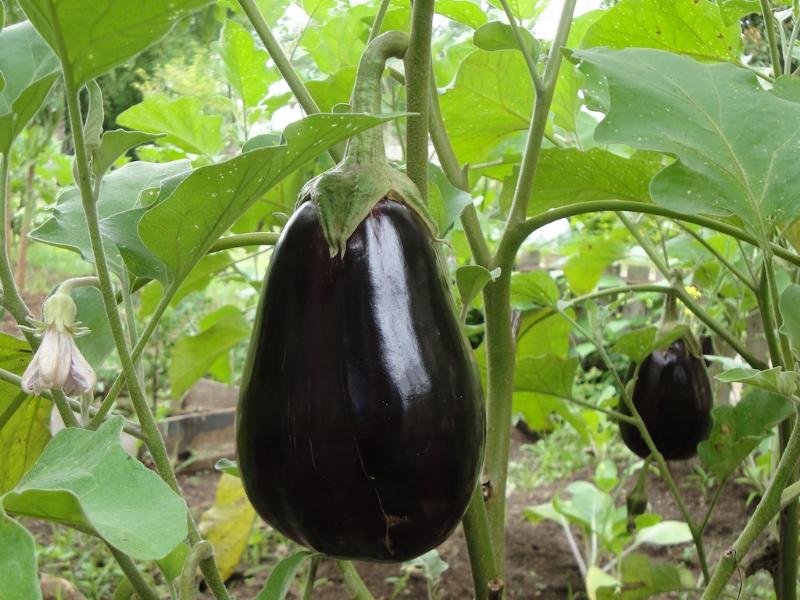
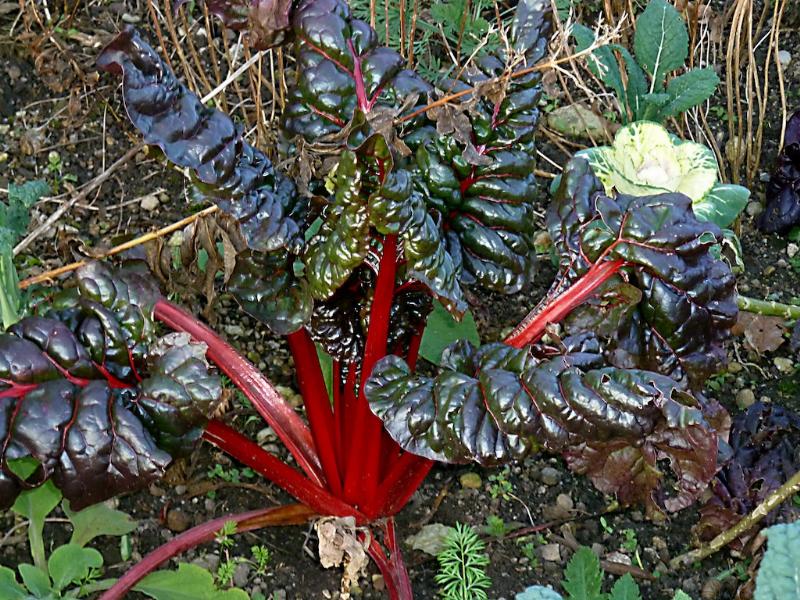
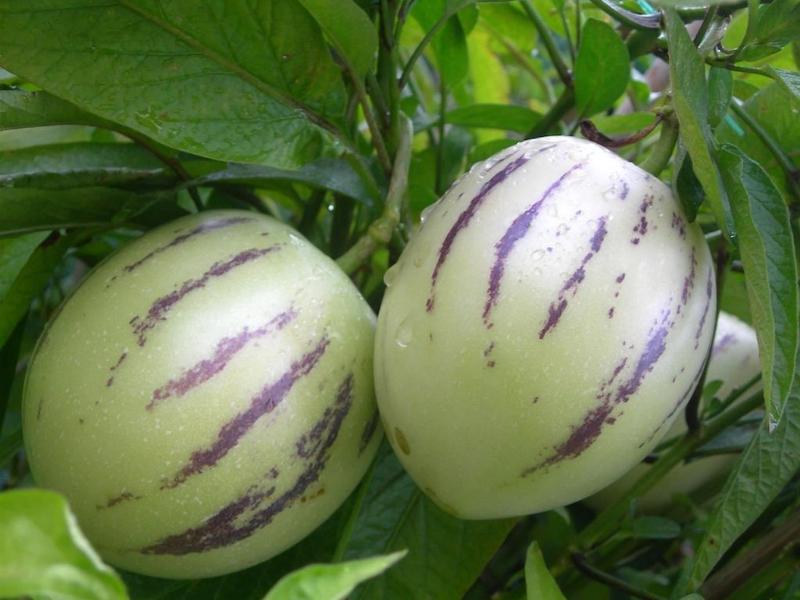
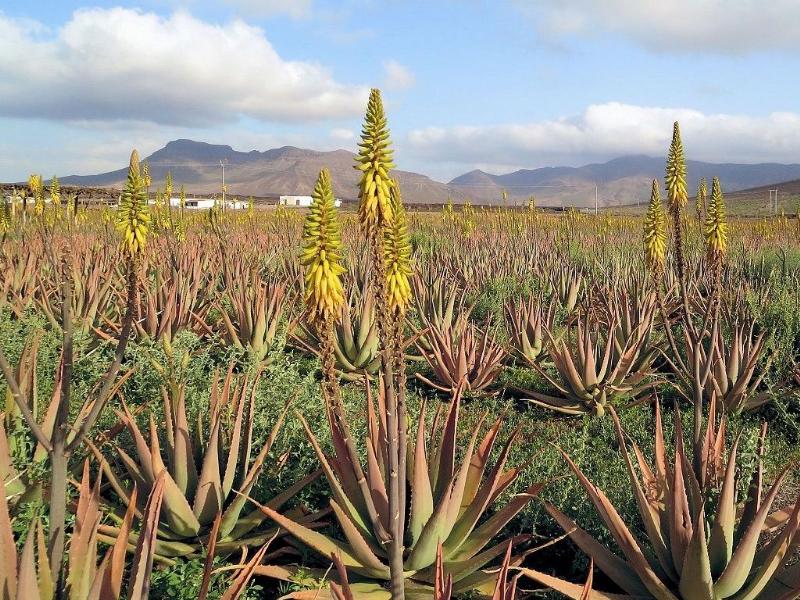
I am creating the ultimate educational platform to make permaculture accessible to everyone.
To help, please answer a couple of questions (anonymously) at: https://nisandeh.com/permies-demographics-questionnaire/
 1
1




Invasive plants are Earth's way of insisting we notice her medicines. Stephen Herrod Buhner
Everyone learns what works by learning what doesn't work. Stephen Herrod Buhner

 2
2




 2
2




Anne Miller wrote:
I did not know eggplant was a perennial. I grew it one year with success though I did not like the fact that all the fruit came about the same time. One plant would have been more than I needed. I found out that I did not like eggplant as much as I thought I did.
I am creating the ultimate educational platform to make permaculture accessible to everyone.
To help, please answer a couple of questions (anonymously) at: https://nisandeh.com/permies-demographics-questionnaire/




greg mosser wrote:turkish rocket - Bunias orientalis - in the same family as kale, broccoli, etc, but spend most of its time looking like a big fuzzy dandelion rosette. established plants send up numerous tender stems with little broccle-ettes on the end. a little strong flavored for fresh eating, but nice cooked. in season, i mulch up my scrambled eggs with them daily.
greg mosser wrote:kings spear - yellow asphodel- Asphodeline lutea - spikes of yellow flowers (edible!) and thin grass-like leaves. the roots are edible and they make a lot of them, making this a more functionally perennial vegetable than some other perennial root crops. mild flavor.







 1
1




 1
1




greg mosser wrote:king's spear - yellow asphodel- Asphodeline lutea - spikes of yellow flowers (edible!) and thin grass-like leaves. the roots are edible and they make a lot of them, making this a more functionally perennial vegetable than some other perennial root crops. mild flavor.
 2
2








Abraham Palma wrote:You are forgetting the vines, most of them are perennial:
grapes, berries and the likes. Although, they should count as fruit, I guess.
I am creating the ultimate educational platform to make permaculture accessible to everyone.
To help, please answer a couple of questions (anonymously) at: https://nisandeh.com/permies-demographics-questionnaire/
 2
2








I am creating the ultimate educational platform to make permaculture accessible to everyone.
To help, please answer a couple of questions (anonymously) at: https://nisandeh.com/permies-demographics-questionnaire/
 2
2








Antonio Hache wrote:Hola! This link might be useful for you. Eric Toensmeier wrote a book on perennial vegetables, and he made a relation of vegetables really to thrive here:
Perennial vegetables
I am creating the ultimate educational platform to make permaculture accessible to everyone.
To help, please answer a couple of questions (anonymously) at: https://nisandeh.com/permies-demographics-questionnaire/




N. Neta wrote:
Antonio Hache wrote:Hola! This link might be useful for you. Eric Toensmeier wrote a book on perennial vegetables, and he made a relation of vegetables really to thrive here:
Perennial vegetables
Thanks a million, Antonio, for the link.
Much appreciated.




 2
2




 2
2




Diverse seeds. Aromatic and medicinal herbs. And making stuff from it. Communicating with animals and plants. Stubbornly living by my own rules. Well, most of the time.

